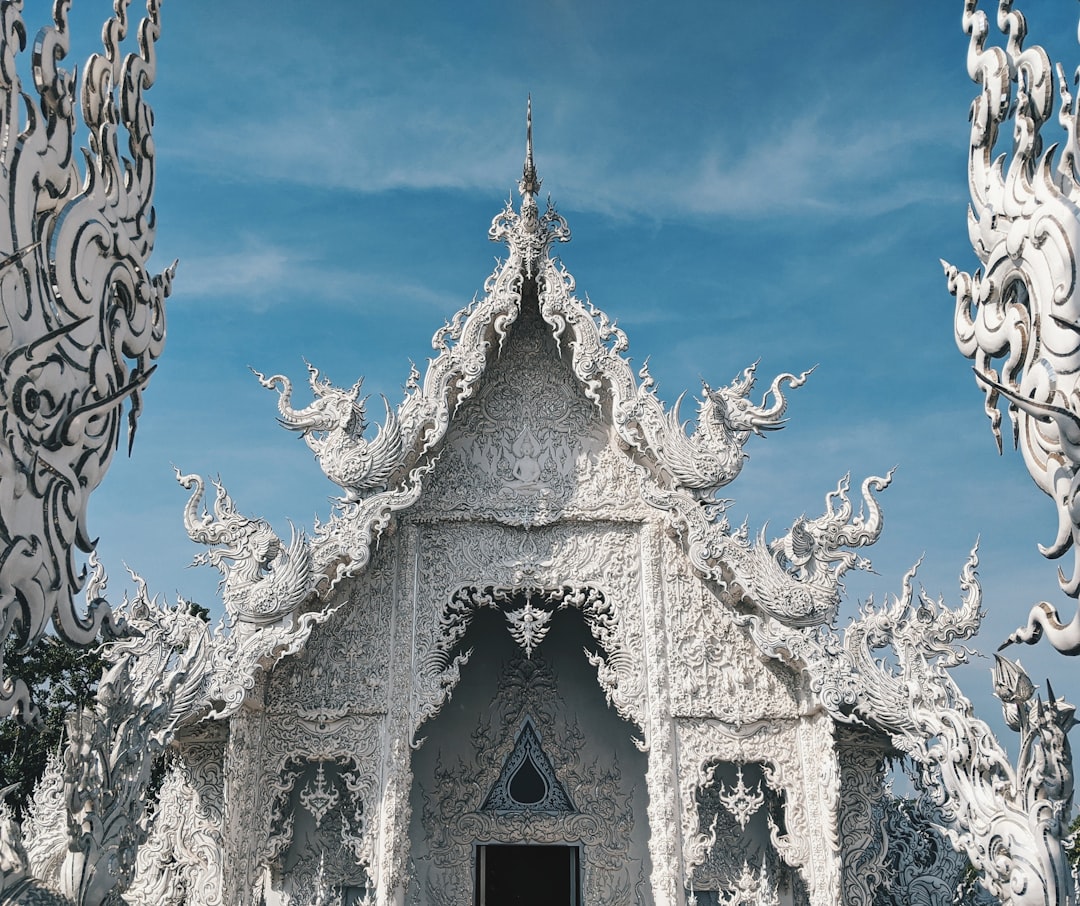Oil painting is one of the most popular and versatile forms of art. Artists have been using oil paints for centuries to create beautiful and intricate works of art. If you are an aspiring artist or someone who wants to improve their oil painting skills, there are certain techniques that you should know. In this post, we will discuss the top 10 oil painting techniques that every artist should know.
1. Impasto
Impasto is a technique where the paint is applied in thick layers to create texture and depth in a painting. This technique is commonly used by artists to add dimension and movement to their works. To create an impasto effect, artists use a palette knife or brush to apply the paint in thick strokes, resulting in a three-dimensional appearance.
2. Glazing
Glazing is a technique where thin layers of transparent paint are applied over dry layers of paint to create depth and richness in a painting. This technique is often used to create luminous and vibrant colors in oil paintings. To create a glazing effect, artists mix their paint with a medium such as linseed oil or turpentine to thin it out and apply it in thin layers over the existing paint.
3. Wet-on-wet
Wet-on-wet is a technique where new layers of paint are applied while the previous layers are still wet. This technique allows artists to blend colors seamlessly and create soft transitions between tones. This technique is particularly useful for creating realistic and atmospheric paintings. To achieve a wet-on-wet effect, artists must work quickly and confidently to blend colors before the paint dries.
4. Scumbling
Scumbling is a technique where a dry brush is used to apply thin layers of paint over dry layers of paint. This technique is used to create a soft and hazy effect in a painting. Scumbling allows artists to subtly adjust colors and tones, resulting in a more natural and textured appearance. To achieve a scumbling effect, artists must use a light touch and work with a dry brush.
5. Sgraffito
Sgraffito is a technique where the top layer of paint is scratched or scraped away to reveal the layers underneath. This technique is often used to add texture and detail to a painting. Sgraffito allows artists to create intricate patterns and designs in their works. To achieve a sgraffito effect, artists use a variety of tools such as knives, needles, or brushes to scratch away the paint.
6. Alla prima
Alla prima, also known as direct painting, is a technique where the painting is completed in one sitting without allowing the layers to dry. This technique is often used in plein air painting or when creating quick studies. Alla prima allows artists to work quickly and spontaneously, resulting in loose and expressive brushwork. To achieve an alla prima effect, artists must work confidently and decisively to capture the essence of their subject.
7. Chiaroscuro
Chiaroscuro is a technique where strong contrasts between light and dark are used to create a sense of volume and depth in a painting. This technique is commonly used in portrait and still life paintings to add drama and intensity. Chiaroscuro allows artists to create a sense of three-dimensionality by emphasizing the play of light and shadow. To achieve a chiaroscuro effect, artists must carefully consider the placement and intensity of their light source.
8. Underpainting
Underpainting is a technique where a monochromatic layer of paint is applied to establish the composition and values of a painting before adding color. This technique helps artists plan out their painting and create a strong foundation for the final layers of paint. Underpainting allows artists to establish the tonal values and structure of their work before adding color. To achieve an underpainting effect, artists can use a diluted mix of paint to sketch out the composition and values.
9. Blending
Blending is a technique where colors are mixed together on the canvas to create smooth transitions between tones. This technique is often used to create soft and realistic effects in a painting. Blending allows artists to create gradual shifts in color and value, resulting in a more natural and cohesive appearance. To achieve a blending effect, artists can use a brush or cloth to gently mix the colors together on the canvas.
10. Scumbling
Scumbling is a technique where a dry brush is used to apply thin layers of paint over dry layers of paint. This technique is used to create a soft and hazy effect in a painting. Scumbling allows artists to subtly adjust colors and tones, resulting in a more natural and textured appearance. To achieve a scumbling effect, artists must use a light touch and work with a dry brush.
In conclusion, mastering these top 10 oil painting techniques can help artists create more dynamic and expressive works of art. Whether you are a beginner or an experienced artist, incorporating these techniques into your practice can help you improve your skills and create stunning oil paintings. Experimenting with different techniques and finding what works best for your style can help you grow as an artist and expand your creative possibilities. So don’t be afraid to try new techniques and push the boundaries of your artistry with oil painting.

